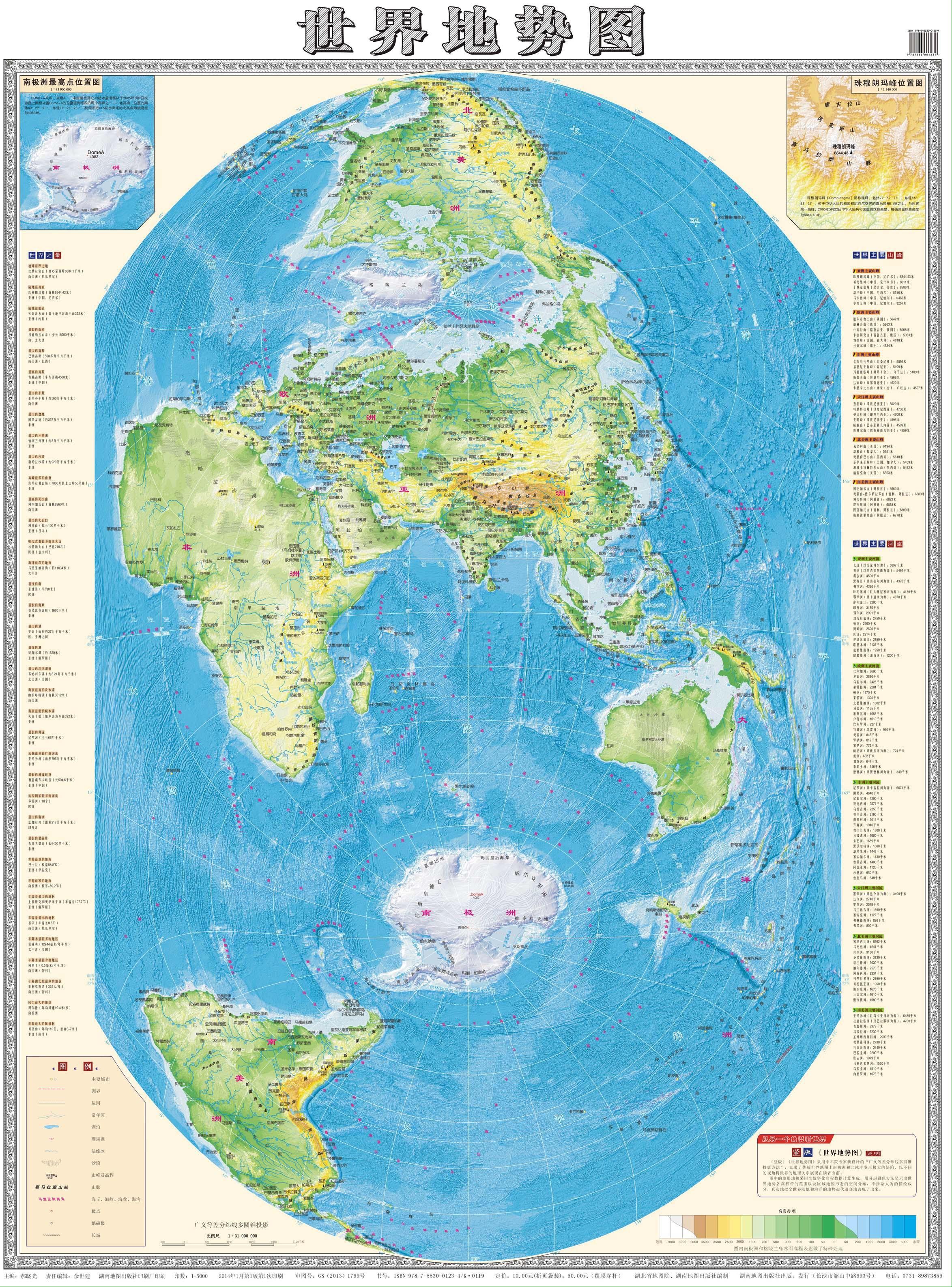Seems like it's very specifically chosen to preserve distances and reduce distortion along the longitude lines closest to China. Perhaps it is useful in that capacity but it introduces distortion for the entire rest of the world.
I guess it really puts the 中 in 中国 (中 means middle, 中国 means "middle country" and is the Chinese name of China)

